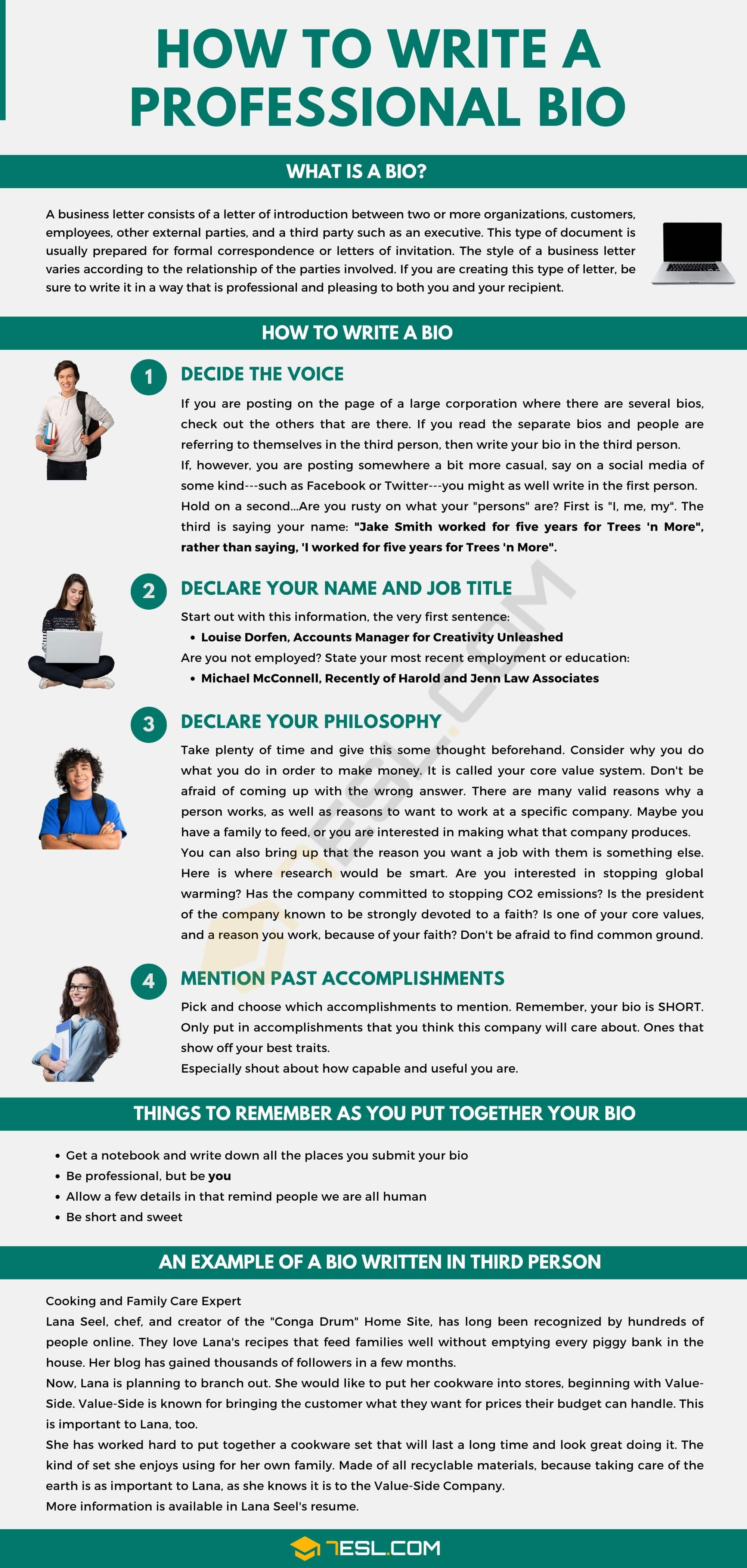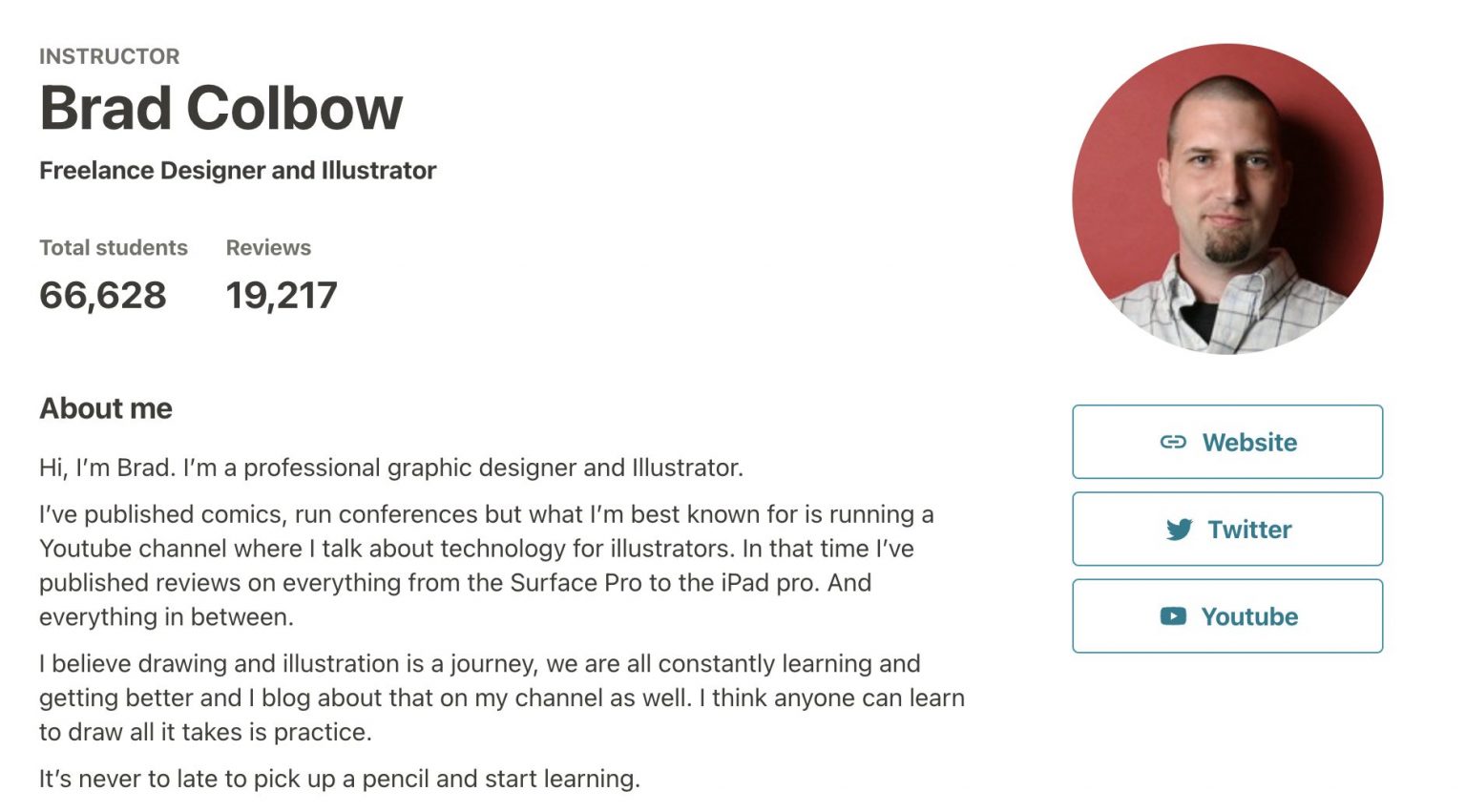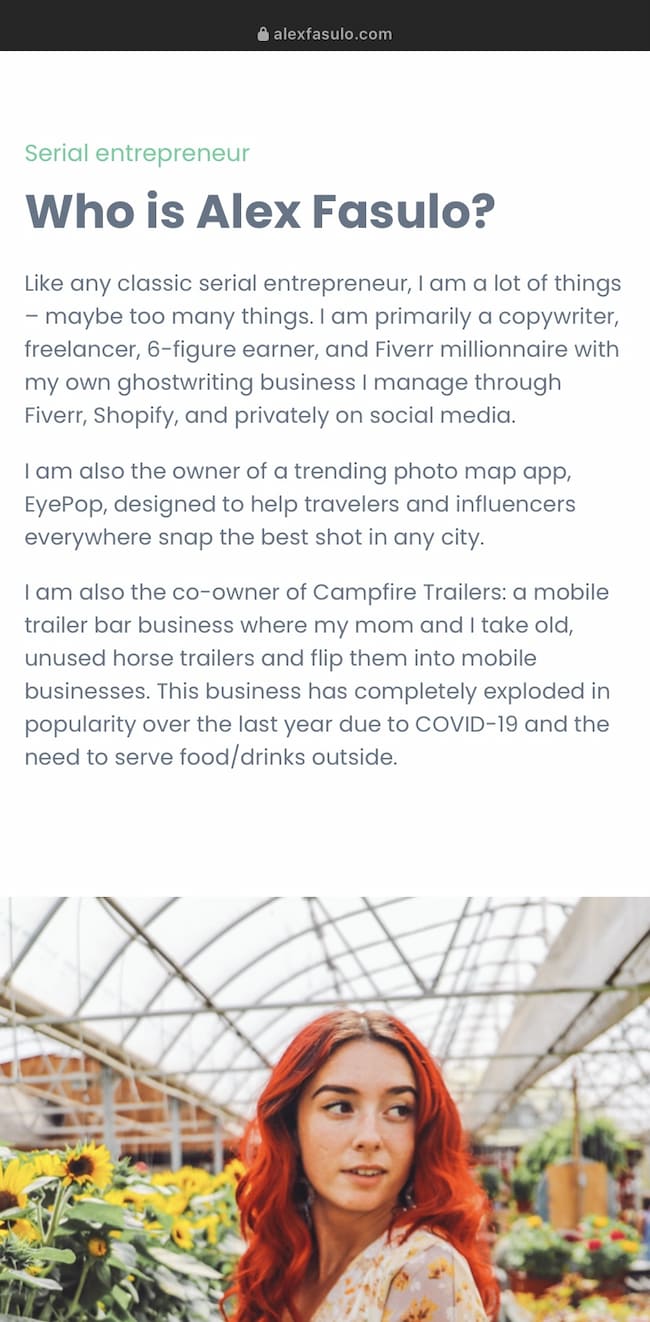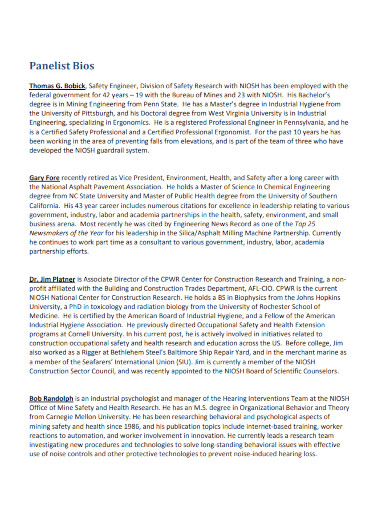Identifying Your Unique Value Proposition: What Sets You Apart
A unique value proposition (UVP) is a statement that clearly communicates an individual’s unique strengths, skills, and achievements. It is essential to identify and highlight one’s UVP in a personal bio to stand out from the competition and showcase one’s value. A well-crafted UVP can help establish credibility, build trust, and create a lasting impression.
To identify your UVP, start by asking yourself questions such as: What sets me apart from others in my industry? What are my unique strengths and skills? What achievements am I most proud of? What values do I bring to the table? By answering these questions, you can begin to craft a UVP that effectively communicates your value proposition.
When writing a short biography of yourself, it is crucial to incorporate your UVP in a clear and concise manner. This can be achieved by using specific examples, statistics, or testimonials that demonstrate your skills and achievements. For instance, instead of saying “I’m a highly skilled marketing professional,” say “I’ve increased website traffic by 25% through targeted marketing campaigns, resulting in a 15% increase in sales.”
By highlighting your UVP in your bio, you can differentiate yourself from others and showcase your unique strengths and skills. This can help you stand out in a crowded job market, attract new clients or customers, and establish yourself as a thought leader in your industry.
The Anatomy of a Great Bio: Essential Elements to Include
A well-crafted bio is essential for making a strong first impression, whether it’s on a personal website, LinkedIn profile, or Twitter bio. A great bio should include several essential elements that work together to effectively communicate one’s value proposition. These elements include a strong opening, a clear and concise writing style, and relevant keywords.
A strong opening is crucial for grabbing the reader’s attention and drawing them in. This can be achieved by using a hook that highlights one’s unique strengths or achievements. For example, “Award-winning marketing professional with 10 years of experience driving business growth through innovative campaigns.” This opening sentence sets the tone for the rest of the bio and provides a clear idea of what the reader can expect.
A clear and concise writing style is also essential for a great bio. This means avoiding jargon and overly technical language, and instead using simple, straightforward language that is easy to understand. A good bio should be concise and to the point, providing only the most relevant information about one’s skills, experience, and achievements.
Relevant keywords are also an important element of a great bio. These keywords should be relevant to one’s industry or profession, and should be used throughout the bio to help with search engine optimization (SEO). For example, a marketing professional might include keywords like “digital marketing,” “social media marketing,” and “content marketing” in their bio.
By including these essential elements, a bio can effectively communicate one’s value proposition and help establish a strong online presence. A well-crafted bio can also help to differentiate oneself from others in their industry, and can be a valuable tool for attracting new clients, customers, or employers.
When writing
How to Write a Short Bio That Packs a Punch: Tips and Tricks
Writing a short bio that effectively communicates one’s value proposition can be a challenging task. However, with the right approach, it is possible to craft a bio that packs a punch and leaves a lasting impression. Here are some actionable tips and tricks to help you write a short bio that stands out from the crowd.
First and foremost, it’s essential to keep your bio concise and to the point. Aim for a length of around 150-200 words, and make sure every word counts. Avoid using jargon or overly technical language, and instead focus on using simple, straightforward language that is easy to understand.
Next, consider the tone of your bio. While it’s essential to maintain a professional tone, it’s also important to inject a bit of personality into your bio. Use humor, anecdotes, or personal stories to make your bio more relatable and engaging.
Another crucial element of a great bio is brevity. Avoid using long, rambling sentences or paragraphs, and instead focus on using short, punchy sentences that get straight to the point. Use bullet points or numbered lists to break up the text and make it easier to read.
Finally, don’t forget to include a clear call-to-action (CTA) in your bio. This could be a link to your website, a social media handle, or a contact email address. Make it easy for readers to get in touch with you or learn more about your work.
By following these tips and tricks, you can write a short bio that effectively communicates your value proposition and leaves a lasting impression. Remember to keep it concise, use a professional tone, and include a clear CTA. With a little practice and patience, you can craft a bio that packs a punch and helps you stand out in a crowded online landscape.
For example, a short biography of myself example might look like this: “Award-winning marketing professional with 10 years of experience driving business growth through innovative campaigns. Proven track record of success, with a focus on digital marketing, social media marketing, and content marketing. Let’s connect on LinkedIn or Twitter to learn more about my work.”
Real-Life Examples of Effective Short Bios: What Works and What Doesn’t
When it comes to writing a short bio, it can be helpful to look at examples of effective bios from various industries and professions. By analyzing what makes these bios effective, you can gain insights into how to craft a compelling bio that showcases your unique value proposition.
For example, consider the following short biography of myself example from a marketing professional: “Results-driven marketing expert with 8 years of experience driving business growth through innovative campaigns. Proven track record of success, with a focus on digital marketing, social media marketing, and content marketing.” This bio is effective because it clearly communicates the individual’s value proposition, highlighting their strengths and achievements in a concise and easy-to-read format.
Another example of an effective short bio comes from a software engineer: “Highly skilled software engineer with 5 years of experience developing scalable and efficient software solutions. Proficient in a range of programming languages, including Java, Python, and C++. Strong understanding of software development principles and methodologies.” This bio is effective because it clearly communicates the individual’s technical skills and experience, highlighting their strengths and achievements in a concise and easy-to-read format.
On the other hand, consider the following example of a short bio that doesn’t quite work: “I’m a marketing professional with a passion for social media and content marketing. I’ve worked with a range of clients, from small startups to large corporations, and have helped them achieve their marketing goals through innovative campaigns and strategies.” This bio is less effective because it doesn’t clearly communicate the individual’s value proposition, and instead focuses on their personal interests and passions. While it’s okay to include some personal details in a bio, it’s essential to prioritize your professional strengths and achievements.
By analyzing these examples, you can gain insights into what makes an effective short bio, and how to craft a compelling bio that showcases your unique value proposition. Remember to prioritize your professional strengths and achievements, and to use clear and concise language that is easy to read and understand.
Common Mistakes to Avoid When Writing a Short Bio
When writing a short bio, there are several common mistakes to avoid in order to create a compelling and effective bio. One of the most common mistakes is using clichés, such as “results-driven” or “team player.” While these phrases may be true, they don’t add much value to your bio and can make you sound like everyone else.
Another mistake to avoid is using jargon or overly technical language. While it’s okay to use some technical terms, make sure they are relevant to your industry and that you explain them in a way that is easy to understand. Avoid using acronyms or abbreviations that may be unfamiliar to your readers.
Lack of clarity is another common mistake to avoid. Make sure your bio is easy to read and understand, and that you clearly communicate your value proposition. Avoid using long, rambling sentences or paragraphs, and instead focus on using short, punchy sentences that get straight to the point.
Finally, make sure your bio is optimized for online platforms. Use keywords relevant to your industry, and make sure your bio is formatted in a way that is easy to read on a variety of devices. Avoid using too many visuals or graphics, as they can make your bio look cluttered and overwhelming.
By avoiding these common mistakes, you can create a short bio that effectively communicates your value proposition and helps you stand out in a crowded online landscape. Remember to keep your bio concise, clear, and free of clichés, and to optimize it for online platforms.
For example, a short biography of myself example that avoids these common mistakes might look like this: “Marketing professional with 8 years of experience driving business growth through innovative campaigns. Proven track record of success, with a focus on digital marketing, social media marketing, and content marketing. Let’s connect on LinkedIn or Twitter to learn more about my work.”
Optimizing Your Bio for Online Platforms: Best Practices
When it comes to optimizing your bio for online platforms, there are several best practices to keep in mind. First and foremost, it’s essential to use keywords relevant to your industry and profession. This will help your bio show up in search results and make it easier for people to find you.
Another important consideration is formatting. Make sure your bio is easy to read and understand, with clear headings and concise paragraphs. Avoid using too much text or overly complex language, as this can make your bio look cluttered and overwhelming.
Visuals are also an important aspect of optimizing your bio for online platforms. Use high-quality images or graphics to break up the text and make your bio more visually appealing. However, be careful not to overdo it – too many visuals can make your bio look cluttered and overwhelming.
Finally, make sure your bio is optimized for mobile devices. Many people will be viewing your bio on their smartphones or tablets, so it’s essential to make sure it looks good and is easy to read on these devices.
By following these best practices, you can optimize your bio for online platforms and make it more effective at communicating your value proposition. Remember to use keywords, format your bio clearly, use visuals effectively, and optimize for mobile devices.
For example, a short biography of myself example that is optimized for online platforms might look like this: “Marketing professional with 8 years of experience driving business growth through innovative campaigns. Proven track record of success, with a focus on digital marketing, social media marketing, and content marketing. Let’s connect on LinkedIn or Twitter to learn more about my work.”
This bio includes relevant keywords, is formatted clearly, and includes a visual element (the LinkedIn and Twitter logos). It’s also optimized for mobile devices, making it easy to read and understand on a variety of devices.
Final Tips for Crafting a Memorable Short Bio
Crafting a memorable short bio requires a combination of creativity, clarity, and concision. Here are some final tips to help you create a bio that effectively communicates your value proposition and leaves a lasting impression.
First, make sure your bio is concise and to the point. Aim for a length of around 150-200 words, and use clear and concise language that is easy to understand.
Next, focus on highlighting your unique strengths and achievements. Use specific examples and statistics to demonstrate your skills and experience, and make sure to tailor your bio to your target audience.
Finally, don’t forget to include a clear call-to-action (CTA) in your bio. This could be a link to your website, a social media handle, or a contact email address. Make it easy for readers to get in touch with you or learn more about your work.
By following these tips, you can create a memorable short bio that effectively communicates your value proposition and leaves a lasting impression. Remember to keep it concise, focus on your unique strengths and achievements, and include a clear CTA.
For example, a short biography of myself example that incorporates these tips might look like this: “Marketing professional with 8 years of experience driving business growth through innovative campaigns. Proven track record of success, with a focus on digital marketing, social media marketing, and content marketing. Let’s connect on LinkedIn or Twitter to learn more about my work.”
This bio is concise, highlights the individual’s unique strengths and achievements, and includes a clear CTA. By following these tips, you can create a bio that effectively communicates your value proposition and leaves a lasting impression.
Final Tips for Crafting a Memorable Short Bio
Crafting a memorable short bio requires a combination of creativity, clarity, and concision. Here are some final tips to help you create a bio that effectively communicates your value proposition and leaves a lasting impression.
First, make sure your bio is concise and to the point. Aim for a length of around 150-200 words, and use clear and concise language that is easy to understand.
Next, focus on highlighting your unique strengths and achievements. Use specific examples and statistics to demonstrate your skills and experience, and make sure to tailor your bio to your target audience.
Finally, don’t forget to include a clear call-to-action (CTA) in your bio. This could be a link to your website, a social media handle, or a contact email address. Make it easy for readers to get in touch with you or learn more about your work.
By following these tips, you can create a memorable short bio that effectively communicates your value proposition and leaves a lasting impression. Remember to keep it concise, focus on your unique strengths and achievements, and include a clear CTA.
For example, a short biography of myself example that incorporates these tips might look like this: “Marketing professional with 8 years of experience driving business growth through innovative campaigns. Proven track record of success, with a focus on digital marketing, social media marketing, and content marketing. Let’s connect on LinkedIn or Twitter to learn more about my work.”
This bio is concise, highlights the individual’s unique strengths and achievements, and includes a clear CTA. By following these tips, you can create a bio that effectively communicates your value proposition and leaves a lasting impression.
In conclusion, crafting a memorable short bio requires a combination of creativity, clarity, and concision. By following these tips and incorporating innovative and creative concepts, you can create a bio that effectively communicates your value proposition and leaves a lasting impression.




